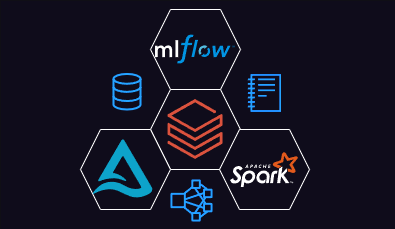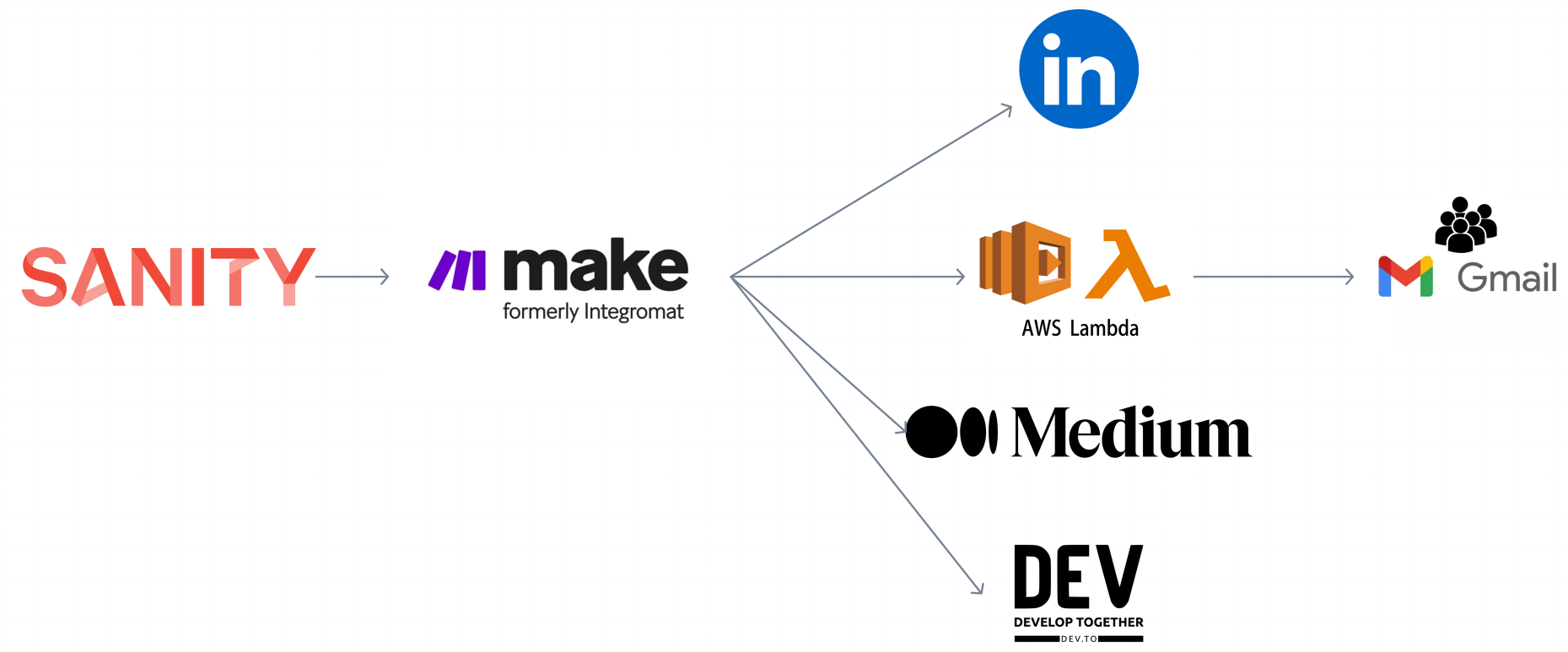In today’s world of development, choosing the right infrastructure for your applications can make the difference between seamless success and chaos. Should you go with the simplicity of serverless, where your code runs without the need of managing servers? Or do you need the power and flexibility of containerized capable of handling complex applications across multiple environments? Understanding when to use each technology is crucial for maximizing efficiency and controlling costs. But how do you know which one is the best fit for your specific needs?
In this article, we’ll talk about the ideal use cases for serverless and containerized, guiding you to make the right choice for your project. We will cover:
- Understanding the Basics: Serverless and Container-Based Architectures
- How Do These Architectures Work?
- When to Use Each Architecture
- Real-World Scenarios: Applying serverless and containerized infrastructures
Understanding the Basics: Serverless and Container-Based Architectures
Serverless Architectures (AWS Lambda):
In a serverless architecture, developers create and deploy applications without worrying about the infrastructure underneath. This falls on a cloud service provider (CSP) such as AWS. When using AWS Lambda, your code is executed in response to some events, such as HTTP requests or some changes occurring in a data storage system. The environment in which your applications are deployed on is managed by AWS allowing you to focus on the application logic.
Container-Based Architectures (Kubernetes):
Container-based architectures, on the other hand, involve packaging your application code along with its dependencies and settings into containers. These containers are lightweight, portable, and can run in any environment, ensuring consistency across development, testing, and production. Kubernetes, as an orchestration platform, manages these containers, ensuring they are always running, scaled appropriately, and able to communicate with each other.
Key Difference: While AWS Lambda runs code in response to events, Kubernetes manages containers that are always running, each containing has a part of your application.
How Do These Architectures Work?
1. How Serverless Architecture Works:
Serverless architecture, particularly in the context of AWS Lambda, follows a function-as-a-service (FaaS) model. Here’s how it works:
- Function Creation: Developers write application code as a set of functions, each performing a specific task triggered by an event, such as an API call or a file upload.
- Deployment: These functions are deployed to AWS Lambda, with triggers attached to the CSP’s infrastructure.
- Execution: When a trigger event occurs, AWS Lambda executes the corresponding function on an available server. If no server is available, AWS automatically spins up a new one to handle the request.
- Scalability: AWS Lambda scales automatically with the volume of requests, and you only pay for the compute time your code actually uses.
Advantages:
- No Server Management: AWS handles all infrastructure management, including scaling, patching, and availability.
- Cost-Effective: Pay only for the compute time used, making it ideal for sporadic workloads.
- Scalability: Automatically scales with demand, handling any number of requests concurrently.
2. How Container-Based Architecture Works:
Container-based architecture relies on tools like Docker and Kubernetes to package, deploy, and manage applications. Here’s how it works:
- Containerization: Application code, along with its dependencies, is packaged into containers. These containers are isolated environments that can run anywhere, ensuring consistency.
- Orchestration: Kubernetes manages the deployment and operation of these containers across a cluster of nodes. It handles tasks such as load balancing, scaling, and networking.
- Persistence and State: Unlike Lambda functions, containers can maintain state, making them suitable for more complex, always-on applications.
Advantages:
- Consistency: Containers ensure that applications run the same way in different environments, reducing the “it works on my machine” problem.
- Scalability: Kubernetes efficiently manages the scaling of containers to meet demand.
- Flexibility: Containers can run any application, regardless of the programming language or framework, making them highly versatile.
When to Use Each Architecture
1. Use serverless when:
- Event-Driven Applications: If your application needs to perform tasks in response to specific events, like processing a file upload or handling an API request or when the workload is sporadic and doesn’t need to be running continuosly. Serverless is ideal.
- Cost Sensitivity: Serverless architecture is cost-effective when you have unpredictable workloads, as you only have to pay for the time you consume and you won’t have charges if your code isn’t running
- Simplified Management: You want to minimize infrastructure management and focus solely on developing application logic.
2. Use containerized when:
- Always-On Applications: If your application needs to be constantly available, handle complex interactions and persistent connectitons, containerized is the better choice.
- Containerized Microservices: When you’re developing microservices, where each service runs in its own container, Kubernetes excels in managing these distributed systems.
- Control and Flexibility: You need precise control over your application’s deployment, scaling, and networking, which Kubernetes provides.
- Manage CI/CD pipelines: When you need to manage CI/CD pipelines and deploy containerized applications continuosly.
- Bursts of traffic: Where you have unpredictable bursts of traffic.
Real-World Scenarios: Applying serverless and containerized infrastructures
1. Scenario 1: App Modernization
Imagine you’re tasked with modernizing an older application to improve scalability and reduce costs. Serverless architecture with AWS Lambda can help you rebuild the app’s backend services to be more agile and scalable, while Kubernetes can be used to containerize parts of the application that require consistent, high-performance computing.
- Serverless Advantage: Improved agility and cost-efficiency for event-driven services.
- Container-Based Advantage: Consistency and control over long-running, resource-intensive processes.
2. Scenario 2: Cloud Migration
Suppose your organization is moving from on-premises infrastructure to the cloud. A serverless architecture can reduce operational overhead, with AWS Lambda managing event-driven tasks. For applications requiring more control over the environment, Kubernetes can containerize and orchestrate these workloads in the cloud, ensuring portability and consistency across environments.
- Serverless Advantage: Reduced management costs and seamless scaling for new cloud-native services.
- Container-Based Advantage: Portability and control during migration, maintaining consistent environments across cloud providers.
3. Scenario 3: Event-Driven or High-Traffic Applications
If you’re developing an application that needs to handle high traffic, such as a real-time notification system or an e-commerce platform during peak sales, serverless functions in AWS Lambda can efficiently manage event processing and scaling. Meanwhile, Kubernetes can be used to manage the application’s microservices that require continuous availability and low-latency processing.
- Serverless Advantage: Integration with cloud services and robust autoscaling capabilities.
- Container-Based Advantage: Reliable event-driven processing with portability and open-source flexibility.
4. Scenario 4: Big Data Processing
Imagine your team needs to process large volumes of data, such as server logs or IoT sensor data. AWS Lambda can automatically trigger to process this data in manageable chunks, enabling parallel processing and reducing overall processing time. On the other hand, Kubernetes can orchestrate containers that execute processing tasks in parallel, particularly for more complex workflows that require advanced customization of the execution environments.
- Serverless Advantage: Automatic scaling for parallel processing of large data volumes without worrying about the underlying infrastructure.
- Container-Based Advantage: Full control over execution environments and flexibility to customize the infrastructure according to the workflow’s needs.
Conclusion
Both serverless and containerized infrastructures offer unique advantages depending on your application’s needs. By understanding how these architectures work, you can better align your infrastructure with your project goals, ensuring scalability, efficiency, and cost-effectiveness.
- Serverless (AWS Lambda): Ideal for event-driven, cost-sensitive, and simple application logic.
- Container-Based (Kubernetes): Best for complex, always-on, and multi-service applications requiring full control and flexibility.
No matter your choice, these modern architectures represent a significant evolution from traditional server-based development, offering new opportunities for innovation and efficiency in the cloud.
References:
https://medium.com/@ftieben/deciding-where-to-host-your-api-aws-lambda-vs-aws-eks-1cdd4b2bf638




